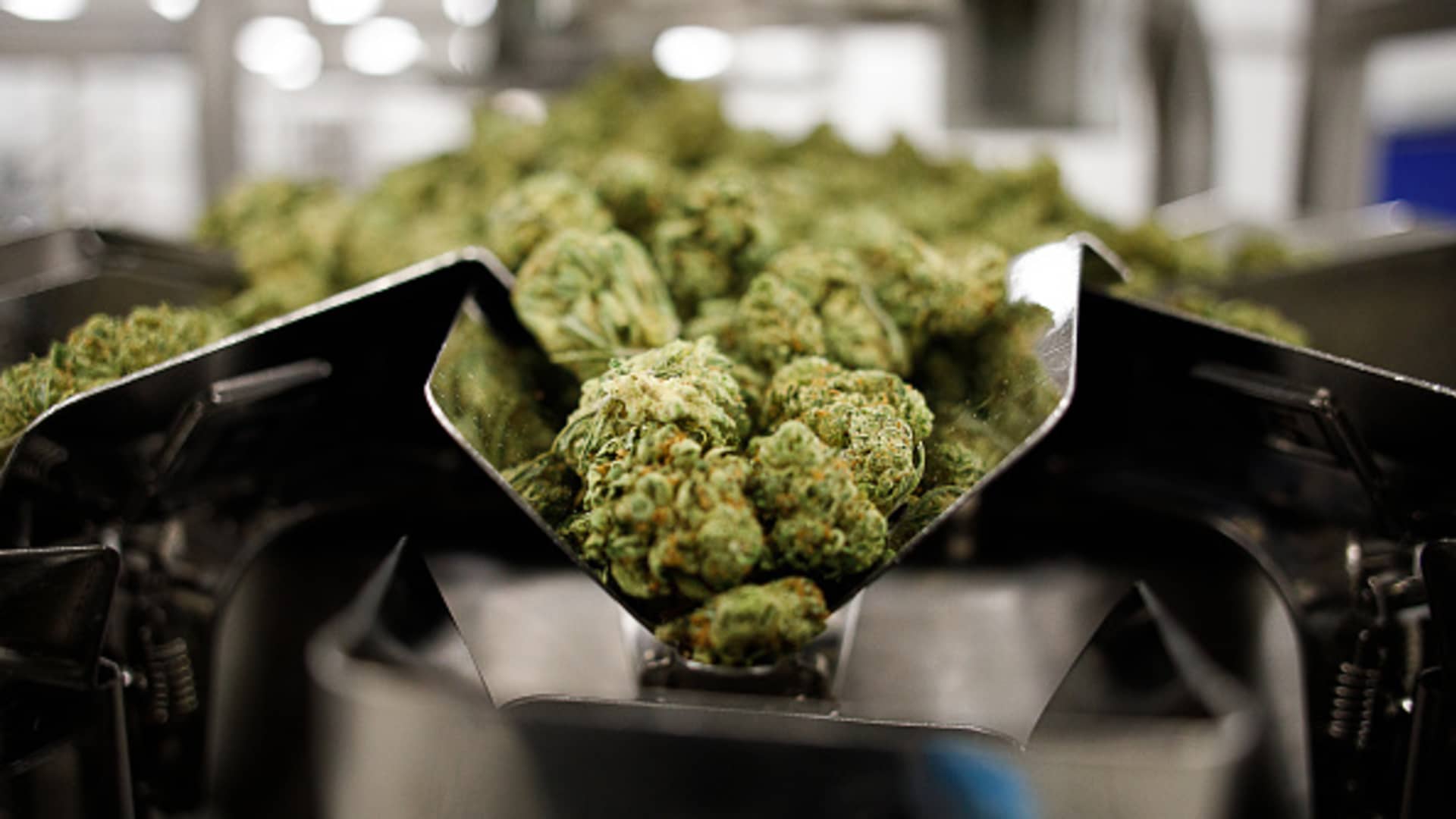US Markets
Thursday, November 30th, 2023 2:51 pm EDT
Key Points
- Inflation Metrics and Trends: The article discusses the October data release from the Commerce Department regarding inflation measured through personal spending. The key metrics include a 0.2% increase in the personal consumption expenditures price index (excluding food and energy prices) for the month, aligning with Dow Jones consensus. Additionally, the year-over-year basis reflects a 3.5% rise. Headline inflation remained flat for the month but stood at a 3% rate over the 12-month period. Energy prices fell 2.6% during the month, contributing to the control of overall inflation, despite a 0.2% increase in food prices. Goods prices experienced a 0.3% decrease, while services rose by 0.2%, with notable gains in international travel, health care, and food services.
- Consumer Behavior and Economic Indicators: The article highlights that both personal income and spending increased by 0.2% in October, meeting estimates and indicating that consumers are keeping pace with inflation. It also discusses the Federal Reserve’s preference for the core Personal Consumption Expenditures (PCE) reading over the Labor Department’s Consumer Price Index (CPI). The Fed focuses on what people actually spend, adjusting for consumer behavior when prices fluctuate. The Federal Reserve’s decision-making is influenced by economic indicators such as weekly jobless claims, which rose to 218,000, slightly below estimates, but with continuing claims surging to 1.93 million, the highest level since November 27, 2021.
- Market Expectations and Federal Reserve Policy: The article addresses market expectations and the Federal Reserve’s likely response to the inflation data. It notes that markets had already priced in the expectation that the Fed has completed its interest rate hikes in the current cycle. The Personal Consumption Expenditures (PCE) reading, combined with signs of a loosening labor market, could further solidify this stance. Market indicators suggest anticipation of the equivalent of five quarter percentage point rate cuts in 2024. The Fed funds rate, the central bank’s benchmark for short-term lending, is targeted in a range between 5.25%-5.5%, its highest in more than 22 years. The Federal Reserve, having implemented 11 rate hikes since March 2022, skipped its last two meetings, with policymakers indicating a willingness to observe the impact of previous increases on the economy. Despite positive economic signals, some Fed officials express concerns about consumer slowing down, emphasizing a nuanced view of the overall economic health. The article concludes by mentioning that the Fed’s inflation report coincided with encouraging news from the euro zone, where headline inflation fell to 2.4% on a 12-month basis, but core inflation remained at 3.6%, in line with the European Central Bank’s target of 2% for healthy inflation.
The latest data release from the Commerce Department on personal spending and inflation in October aligns with expectations, potentially influencing the Federal Reserve’s decision-making on interest rates. The report indicates that the personal consumption expenditures price index, excluding food and energy prices, increased by 0.2% for the month and 3.5% on a year-over-year basis. Both figures are in line with the Dow Jones consensus. Headline inflation remained flat for the month and stood at a 3% rate over the 12-month period.
Energy prices experienced a 2.6% decrease during the month, contributing to the overall control of inflation, while food prices saw a modest 0.2% increase. Goods prices decreased by 0.3%, while services rose by 0.2%. Notable gainers in the services sector included international travel, health care, and food services and accommodations. Gasoline led the gainers in the goods category.
Personal income and spending both rose by 0.2% for the month, meeting estimates and indicating that consumers are keeping pace with inflation. The Federal Reserve, which favors the core Personal Consumption Expenditures (PCE) reading over the Labor Department’s Consumer Price Index (CPI), uses PCE to gauge inflation. Unlike CPI, PCE adjusts for consumer behavior when prices fluctuate, focusing on actual spending patterns.
In additional economic news, weekly jobless claims increased to 218,000, slightly below the estimated 220,000 but marking a rise of 7,000 from the previous period. Continuing claims, trailing by a week, surged to 1.93 million, the highest level since November 27, 2021. While markets had already factored in the possibility that the Fed has concluded its interest rate hikes, the PCE reading, combined with signs of a loosening labor market, could reinforce this perspective. Markets are currently pricing in the equivalent of five quarter percentage point rate cuts in 2024.
The Federal Reserve has implemented 11 rate hikes since March 2022, with the fed funds rate, its benchmark for short-term lending, targeted in a range between 5.25% and 5.5%, its highest level in over 22 years. The recent decision to skip the last two meetings suggests a willingness to assess the impact of prior increases on the economy. Despite other economic signals portraying the economy positively, some Fed officials, including Richmond Fed President Thomas Barkin, have noted a slowdown in consumer activity.
While the Fed’s inflation report was released, the euro zone reported a headline inflation decrease to 2.4% on a 12-month basis, with the core rate, excluding food, energy, and tobacco, still at 3.6%. The European Central Bank, like the Federal Reserve, targets 2% as a healthy inflation level. These developments contribute to the broader economic landscape, influencing monetary policies and market expectations.
For the full original article on CNBC, please click here: https://www.cnbc.com/2023/11/30/pce-inflation-report-october-2023-.html




